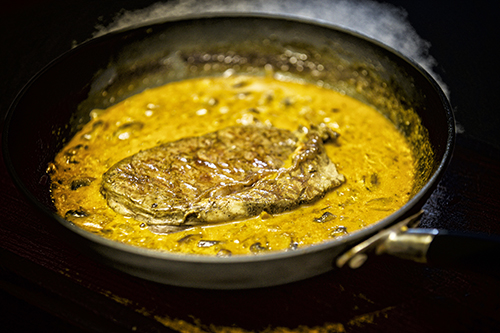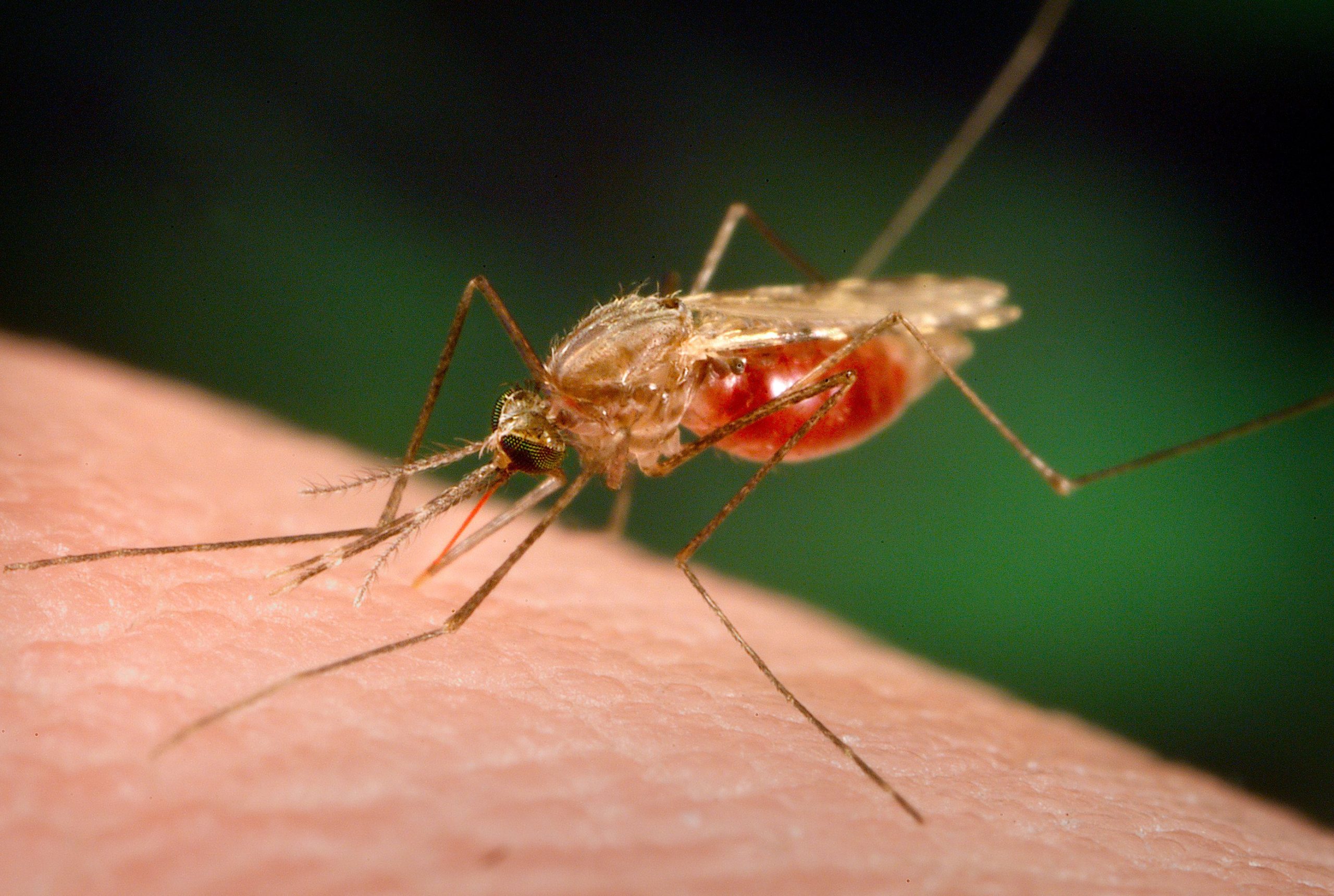An avid reader of this column asked me to write something about the various factors that impact on the quality of meat, more specifically venison.
When I asked him why he was interested in such a topic, he replied that he did not hunt and did not grow up in a culture of meat processing at home.
Before moving to this country, he hardly ate venison, and as a result, has no real experience to apply to his problem at hand: why does some venison taste so much better than others?
Maybe you have had the same problem: the kudu that you bought this year as your annual winter quarry was delivered to your table tasting nothing as good as the one you bought last year. How could that be? Kudu is kudu, right?
The answer is ‘no’. And the explanation is a rather lengthy one. So I’ll try and be short and to the point.
An important issue to understand is that venison is harvested from wild animals – that is, animals not bred or fed or controlled for disease, by humans.
Hence, they eat and drink what they want, when they want, and for as long as they want. This means that the environment within which they live will have a discernible impact on the taste of their meat. It is, therefore, quite natural that the taste of the same species of antelope could vary depending on where and how the animal was reared. This variation in taste should, however, not be seen as variation in quality.
The first factor that shapes the quality of the meat is the age of the animal. The meat of older animals tends to be tougher and drier, and if possible, should be avoided if the purpose of the hunt is to harvest good cuts of table meat (for example, steaks). The meat of older animals could be used for a variety of applications requiring ground meat (like sausages) or to do our beloved biltong.
The second and maybe most important influence on the quality of venison is the manner in which the animal was hunted and killed.
Animals that have been chased relentlessly, or that have been wounded, or shot at multiple times before being killed are exposed to huge amounts of stress and produce excessive volumes of adrenaline, which have a significant negative influence on the quality of meat. In an ideal world, the animal should be killed with a single shot whilst being calm, but sadly this does not always happen.
Shot placement is another important factor of the hunt that must be taken into consideration.
Obviously, if an animal was brought down with a shot in the guts, some of the contents of the guts would have leaked out and into the chest and stomach cavities. If such contaminated meat is not cleaned properly, it would effect the taste and smell of your meat.
Shots to other parts of the body causes great internal bleeding that should be dealt with as soon as possible after the death of the animal to prevent altering the taste of the meat.
Heat shots are best for the preservation of the quality of the meat, but extremely high risk and should be avoided by the inexperienced or occasional meat hunter.
Once killed, the animal should be bled out by cutting the jugular vein and carotid artery in the neck just below the head.
The gut should be removed as soon as possible and care should be taken to keep it whole and intact to avoid possible contamination.
The third series of factors that have an influence on the quality of the venison we consume deals with the treatment of the meat after the hunt and kill.
This is the first opportunity we get to proactively improve the quality of meat. We can do so in two ways: by improving the tenderness of the meat and by adding flavour.
It is customary in this country that the animal be skinned and processed as soon as the hunt is over. This, however, is not the best way to improve the quality of the meat, as it does nothing to improve tenderness or flavour.
Improvements in tenderness and flavour are caused by hanging the whole carcass for a prolonged period in time (usually between 5 to 10 days) at low temperatures (0-4°C) with the skin still on. The latter prevents the drying out of the meat. During this time enzymes will start breaking down the meat and the low temperature with prevent uncontrolled rotting. The ‘ripened’ meat has a distinct taste that would be recognised immediately.
Beef is often ‘dry-aged’, which means it is left to ripen on the bone in a well ventilated, temperature controlled, room for anything between 50 to 80 days. Unlike beef, venison is not dry aged.
Finally, the last stage of making sure we consume good quality venison, deals with how we cook the product.
Venison does not have high inter-muscular fat content. Thus, it tends to be dry when cooked incorrectly. Prime cuts such as the fillet or loins should be cooked to an internal temperature of between 56°C and (at most) 60°C.
Tougher cuts should be slow braised (or cooked sous vide) with lots of moisture for long periods of time. Alternatively, the braising could be done in a pressure cooker to reduce cooking time. Braising liquids that add value to venison includes wine (white and red and fortified), good quality (meat) stock, and beer.
Venison enjoys the company of soft herbs like thyme, marjoram and sage, as well as hard herbs like rosemary and bay leaves. Commonly used spices include coriander, juniper, cumin, mace, fennel and nutmeg. Sweet and sour are two flavour profiles that are commonly used to enhance the flavour of venison.
There is only a short amount of time left of the current hunting season. If you are a hunter or a consumer of venison and venison products, I hope you had a good, ethical and respectful season.
The following recipe is more about the sauce than the meat. It is a classic French hunter’s sauce and includes all the ingredients that pairs well with venison. It can be used with most types of venison and even game birds.
Happy cooking!
Stay informed with The Namibian – your source for credible journalism. Get in-depth reporting and opinions for
only N$85 a month. Invest in journalism, invest in democracy –
Subscribe Now!










